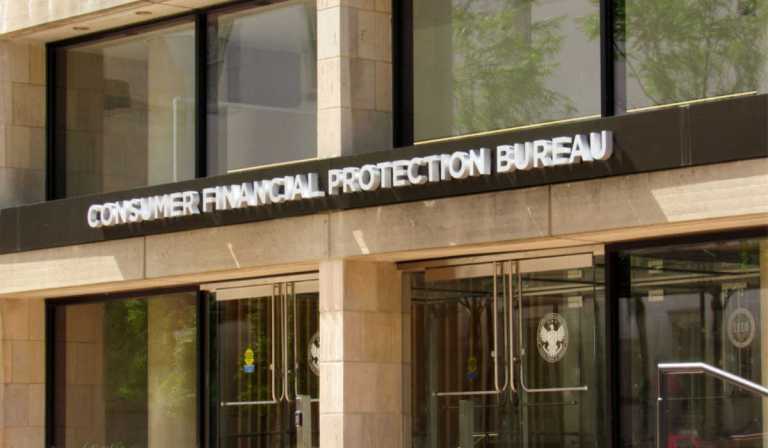
The Consumer Financial Protection Bureau (CFPB) has extended the compliance dates for its small business lending rule pursuant to court orders.
A federal court in Texas stayed the rule last year, pending a Supreme Court decision that was handed down in May, and required the CFPB to extend the rule’s compliance deadlines to compensate for the period the rule was stayed, the agency said in a Tuesday (June 25) press release.
The interim final rule issued by the CFPB extends the compliance dates by 290 days, equal to the time that elapsed between the Texas court’s issuance of the stay last year and the Supreme Court’s decision last month, according to the release.
The CFPB issued the small business lending rule on March 30, 2023, broadening the data lenders will need to collect as they decide who gets business loans. Lenders will collect and disclose demographic, geographic and other details about borrowers.
The Supreme Court decision that ended the stay on the rule was the May 16 one in which the court ruled that the CFPB’s funding mechanism is constitutional. That decision reversed a lower court ruling that threatened the very existence of the agency.
According to the interim final rule issued by the CFPB Tuesday, the dates by which the lenders must begin collecting data varies by their volume of small business loans. Lenders with the highest volume must begin collecting data by July 18, 2025; those with moderate volume must do so by January 16, 2026; and those with the smallest volume must do so by October 18, 2026, the release said.
The deadline for these lenders to report small business lending data to the CFPB remains June 1 following the calendar year for which they are collected. That means high volume lenders must first submit data by June 1, 2026, while moderate and low volume lenders must first do so by June 1, 2027, per the release.
“The CFPB has also updated its grace period to reflect the revised dates,” the agency said in the release. “The CFPB does not intend to assess penalties for reporting errors for the first 12 months of collection, and it intends to conduct examinations only to assist lenders in diagnosing compliance weaknesses, so long as lenders engage in good faith compliance efforts.”